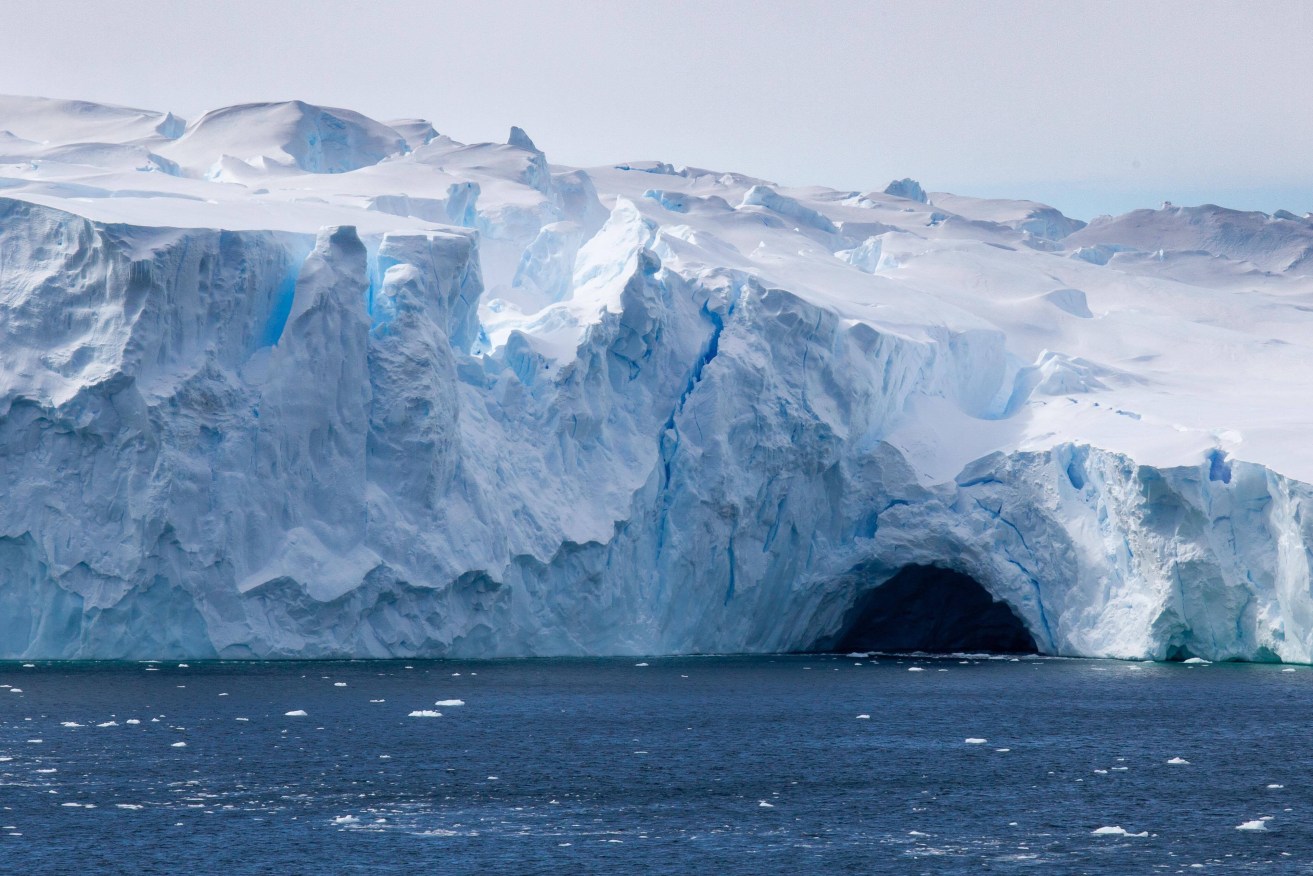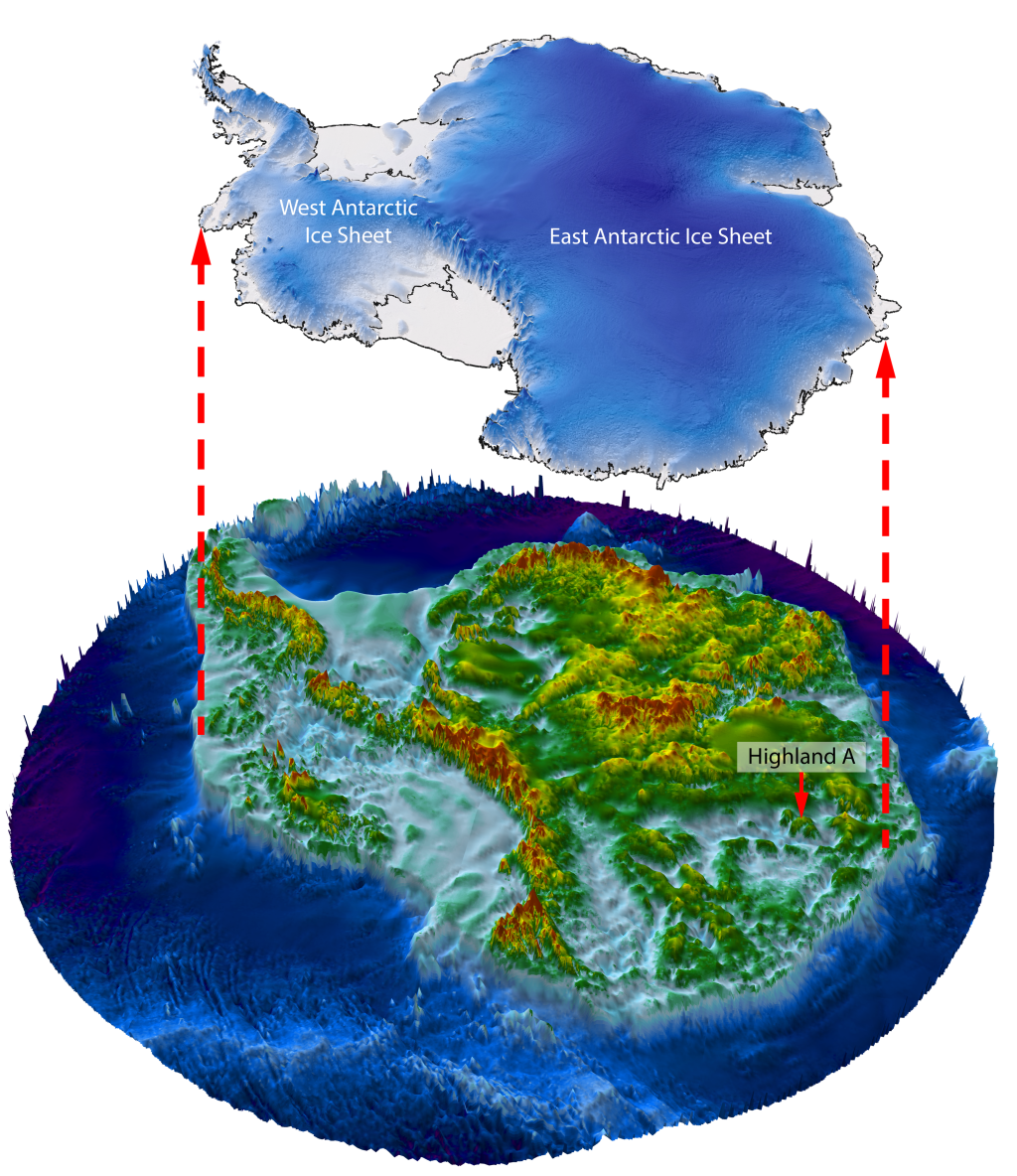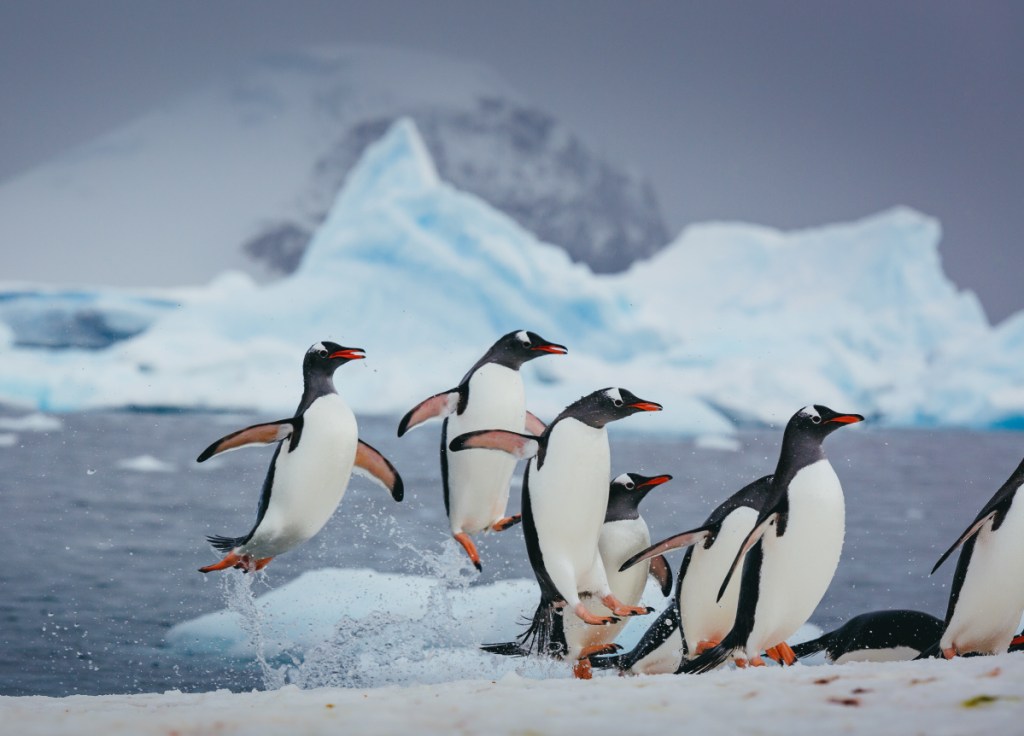Valleys in Antarctica haven’t seen sunlight for over 14 million years, but that may change


Ice sheets and glaciers are at risk of melting and receding because of climate change. Photo: AAP
Climate change is causing intense melting of glaciers and ice sheets in Antarctica, potentially revealing a landscape untouched for 14 million years and raising sea levels around the globe.
Research from Durham University in England has revealed the ancient river landscape buried under the East Antarctic Ice Sheet, which consisted of hills and valleys before it was frozen.
Using satellites and radar technology, a team of researchers mapped an area unseen for millions of years, but as ice melts due to global warming, there is a significant chance this will change.
Beneath the ice, the researchers found a pre-glacial landscape consisting of a network of valleys, troughs, river systems and mountain peaks formed before the world split into seven continents.

Researchers used satellite imaging and radar technology imaging to map below the ice. Photo: Stewart Jamieson
The ice sheet, which has remained relatively stable over millions of years, contains enough water to potentially raise sea levels by 60 metres if it melts completely.
The authors of the study, led by Dr Stewart Jamieson, suggest warming temperatures could see the ice retreat for the first time in 14 million years.
Melting Siberian permafrost potentially contains ancient pathogens, but who knows what is below Antarctica’s vanishing ice shelves and glaciers?
Inevitable ice melt
Although melting in the East Antarctic Ice Sheet is likely, but not guaranteed, its western counterpart may not be so lucky.
Another study published this week, from the University of NSW, found that even in scenarios where warming was limited to 1.5 degrees Celsius, climate change could cause the ocean to warm at three times its historical rate.
The result would be the melting of key Western Antarctic Ice Shelf glaciers and rising sea levels, regardless of measures taken to cut emissions and reduce warming.
Professor Matt King, director of the Australian Centre for Excellence in Antarctic Science, said the study is sobering because it “suggests we have passed the point of no return when it comes to ocean melting of one key area of West Antarctica”.
“If the work is correct, that means that some sea-level rise and coastal flooding along our beloved coastlines is locked in, even if we take very strong action on climate change,” he said.
“The authors suggest we should not give up hope despite the bad news in their paper. They note that much of the wider Antarctic Ice Sheet can be saved with strong climate action, and with it many metres of avoided sea-level rise,” the study stated.
The collapse of the Western Antarctic Ice Sheet has the potential to raise global sea level by up to 5.3 metres, which would radically reshape the Earth’s coastlines and affect millions of people.

Antarctica is home to a diverse and unique range of animals, but climate change is putting that at risk. Photo: Getty
Raising the alarm
King said hundreds of billions of dollars of Australian infrastructure and tens of thousands of homes are vulnerable if there was a one-metre rise in sea levels.
“Many of our regional neighbours are even more exposed: Australia claims 42 per cent of Antarctica and the nations are looking to us to provide the knowledge,” he said.
“If we’re all going to adapt to rising sea levels in a sensible way we have to be able to say more confidently how much, and how fast.”
A special report by the Intergovernmental Panel on Climate Change in 2019 warned that ice sheets in West Antarctica may have already passed a tipping point.
Scientists first predicted the effects of climate change on ice caps in 1968, when Dr John Mercer, a glaciologist at Ohio State University in the US, warned that atmospheric warming could cause the ice shelves to disintegrate and cause sea levels to rise by five metres.
In 2007, it was discovered parts of the Antarctic ice sheets and the Arctic sea ice were warming at twice the rate of the rest of the world, and at a rate unprecedented in the past 10,000 years.
As those warnings were left unheeded, the planet has barrelled towards a future beyond 2 degrees global heating as countries fail to cut carbon emissions.
Emissions rose to a record high in 2022 and scientists predict the Earth will reach 1.5 degrees warming above pre-industrial levels by 2040, earlier than initial warnings.
The effects, which are already being felt, will mean the world experiences more frequent and intense heatwaves, storms, droughts and floods.








